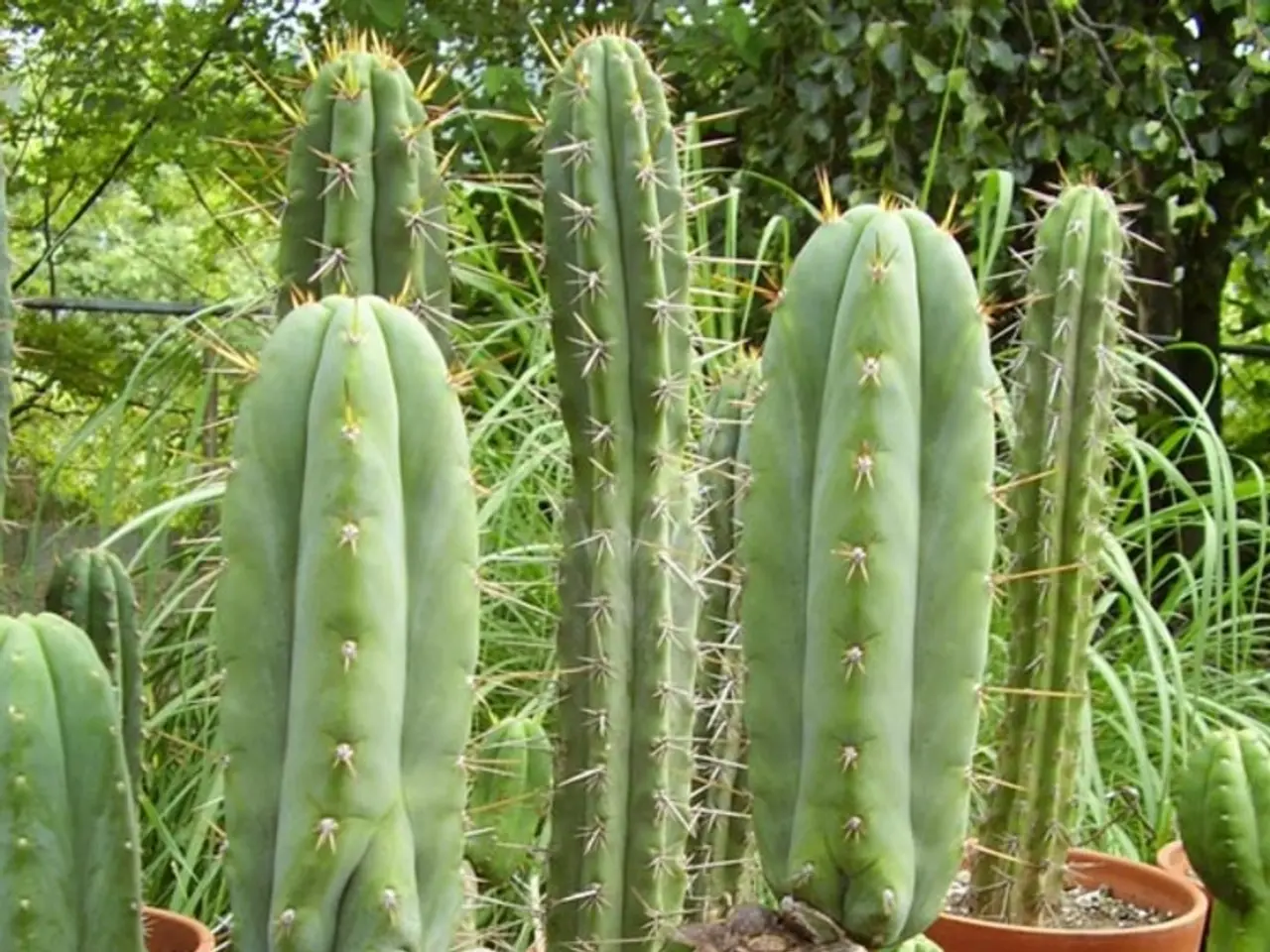What's the Lowdown on Root Rot for Snake Plants?
Struggling with a Mushy Snake Plant? Guidance for Addressing Root Rot in Snake Plants
Snake plants, while known for their beauty and resilience, can succumb to root rot—a fungal infection that compromises the root system. Here's what you need to know about recognizing, preventing, and dealing with root rot in your snake plant.
Identifying Root Rot
When root rot takes hold, your snake plant may start to exhibit signs such as:
- Wilting, yellowing, or pale leaves
- A pungent, mildew, or rotten odor emanating from the soil
- Visible fungal growth in some cases
- When looking at the roots, you'll notice that they become brown, black, mushy, and slimy with a foul smell [1, 2]
Why Snake Plants Are Susceptible to Root Rot
Root rot in snake plants often stems from overwatering, as these plants are drought-resistant species. Too much water encourages the proliferation of soil-borne bacteria and fungi that thrive in wet conditions [1]. Some of the fungi that may cause root rot include Fusarium, Phytophthora, Pythium, and Rhizoctonia [2].
Compacted soil or soil that is not well-draining can exacerbate the root rot issue when combined with overwatering.
Preventing Root Rot
Avoiding root rot in your snake plant involves ensuring a well-draining container, a suitable soil medium, and adequate watering frequency.
Container
Choose a pot with sufficient drainage holes. The number of holes will depend on the container's size: larger pots need more holes [3]. Moreover, avoid containers with attached saucers, which hinder proper drainage, leading to water accumulation [3].
Soil Type
Opt for a well-draining soil medium, incorporating materials such as sand, perlite, biochar, or pumice to improve soil drainage [1]. If growing outdoors, make adjustments to heavy or clay soils with sand or perlite for better water runoff [1].
Frequency of Watering
Snake plants require watering every 2 weeks or so, although it's essential to adapt your watering routine to the plant's environment and the season [1]. Before watering, insert your finger into the soil. If it's dry about 2 inches (5 cm) deep, it's time to water the plant thoroughly, allowing the water to drain freely through the holes [4].
During the warmer months, watering might need to occur more frequently, especially if the plant is moved outdoors. In contrast, during the winter months when the plant is dormant, reduce the watering frequency [1].
Can a Snake Plant Recover from Root Rot?
Root rot's impact depends on the severity and progression of the disease. If you catch it early, you can attempt to save the plant by:
- Trimming and sanitizing affected roots with sterilized scissors [2][3].
- Repotting the snake plant in a clean container with a well-draining soil mix [1][5].
- Sterilizing the container before planting to eliminate residual pathogens [2].
- Watering sparingly and infrequently to prevent recurrence of the root rot [1][5].
If the root rot is advanced, the plant may not be salvageable, and it may be time to consider replacing it.
Further Houseplant Help and Resources
- Learn about the safety of snake plants for your furry friends—dogs and cats [7]
- Get tips on creating bright, indirect light for your houseplants [6]
- Discover our platform's watering can and plant sprayer set to make watering your houseplants effortless [General Shop Section]
- Stay informed about houseplants, gardening, and more by subscribing to the free our platform Newsletter [8]
Sources
- WaterWises. "Common Houseplant Problems: Root Rot." [Online Article]. Accessed February 12, 2023.
- SFGate. "How to Fix Root Rot on a Snake Plant". [Online Article]. Accessed February 12, 2023.
- WonderHowTo. "How to Prevent and Fix Root Rot in Houseplants with Snake Plants as an Example". [Online Article]. Accessed February 12, 2023.
- SF Gate. "Snake Plant Care: Watering". [Online Article]. Accessed February 12, 2023.
- SF Gate. "Snake Plant Care: Repotting and Recovery". [Online Article]. Accessed February 12, 2023.
- My Modern Met. "How to Create Bright, Indirect Light for Your Houseplants". [Online Article]. Accessed February 12, 2023.
- PetMD. "Snake Plant (Sansevieria)." [Online Article]. Accessed February 12, 2023.
- our platform Newsletter. [Online Newsletter]. Accessed February 12, 2023.
While maintaining your home-and-garden, it's essential to understand that even resilient plants like snake plants can develop root rot, affecting their lifestyle. To prevent root rot in your snake plants, ensure a well-draining pot, a suitable soil medium, and an adequate watering frequency. Keep in mind that gardening involves proper container selection, soil type, and watering routine adjustments according to the plant's environment and season.




